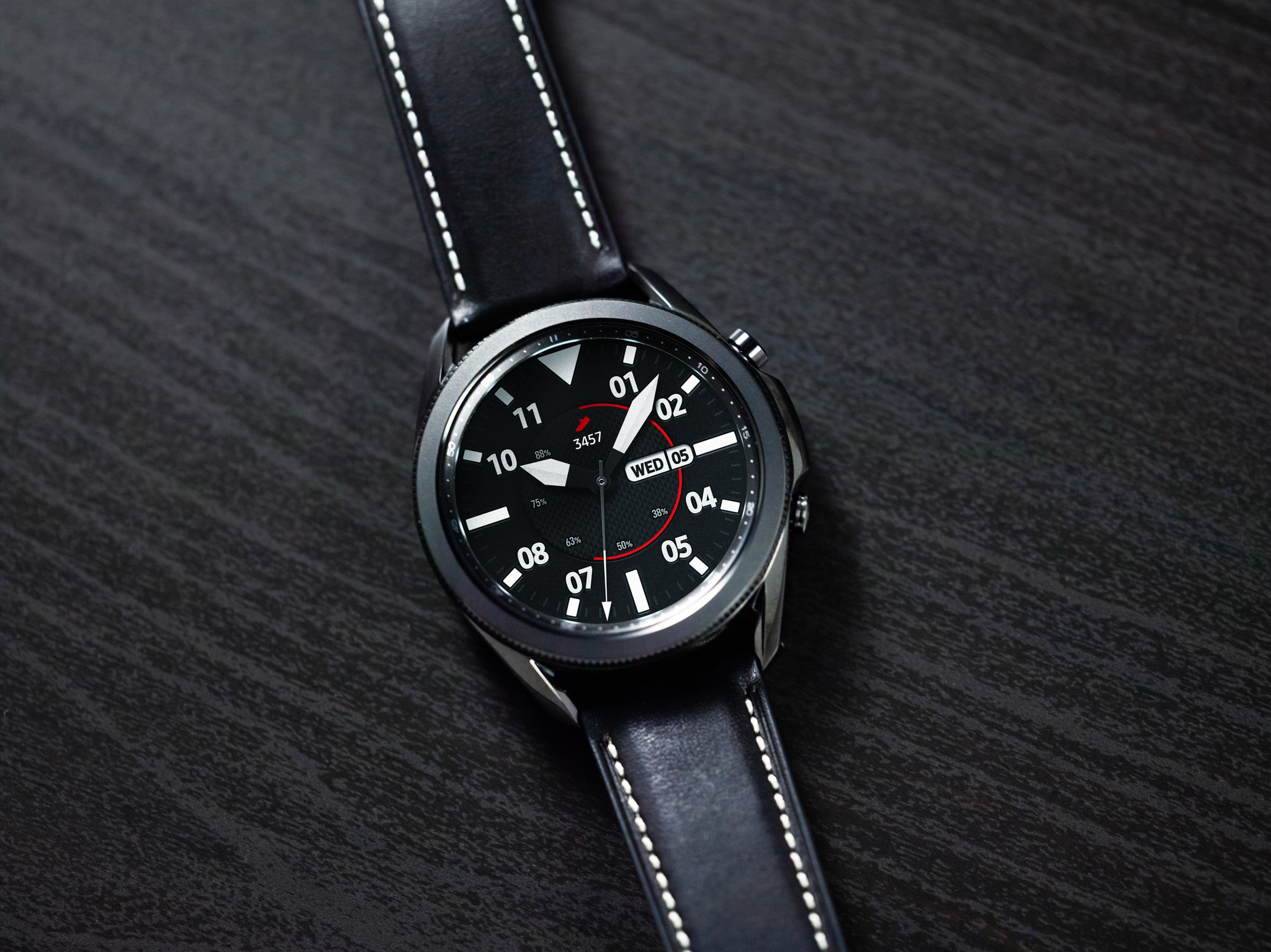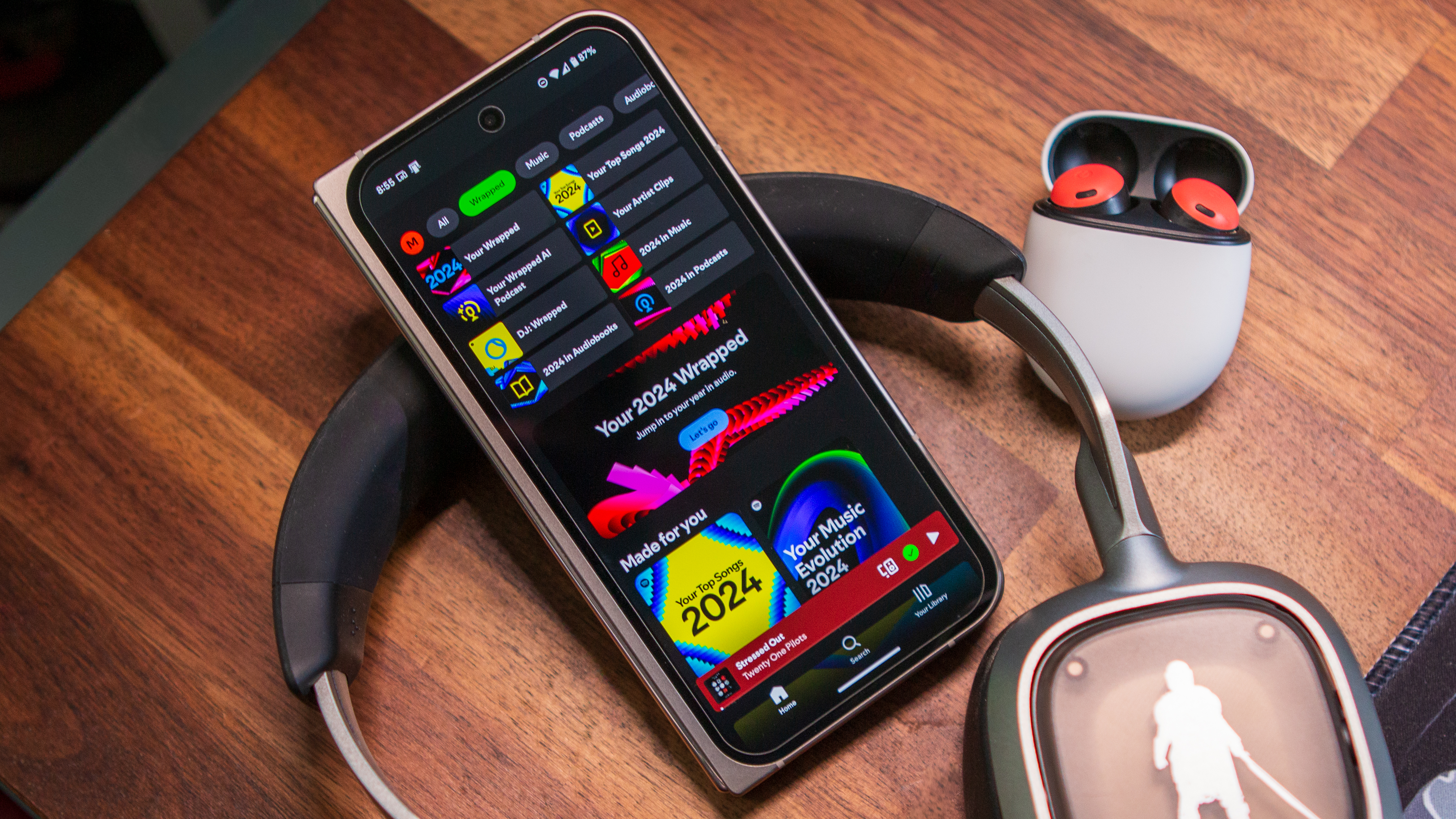Alleged Wear OS Galaxy Watch 4 battery capacity brings good and bad news

What you need to know
- New details have emerged about Samsung's upcoming Galaxy Watch 4.
- A report alleges that the smartwatch will feature at least one model with a larger battery capacity.
- There are still no details around when to expect Samsung's next smartwatch.
While Samsung gears up for its next Galaxy Unpacked event, more details have emerged about the company's alleged Wear OS smartwatch. The Samsung Galaxy Watch 4 has been rumored for some time, although specific details of the device have been pretty scarce. The latest report gives us an idea of what we can expect regarding battery capacity with some good news and some bad news.
According to The Elec (via 9to5Google) the upcoming Galaxy Watch 4 will sport slightly different battery capacities from its predecessors. The 41mm version will reportedly come with a 240mAh battery, slightly down from the 247mAh battery on the same size Samsung Galaxy Watch 3. Meanwhile, the battery capacity for the larger 45mm model will be increased to 350mAh, up from 340mAh on the sams size Galaxy Watch 3. We can likely expect these same numbers for the Galaxy Watch 4 Active as well.
The company that was chosen to produce the battery for the smaller model apparently comes with some cost-saving benefits for Samsung, which means we could be looking at a fairly cheaper watch. The choice to lower the battery capacity does raise some eyebrows, considering Wear OS doesn't have the best track record with efficiency. Hopefully, this means Samsung will be taking advantage of the newer Qualcomm Snapdragon Wear 4100 chipset, which has apparently done wonders for the Mobvoi TicWatch Pro 3 GPS. The larger Galaxy Watch 4 will come with a battery made by Samsung's own battery manufacturing division.
Samsung already makes the best Android smartwatches around, and while battery life may not be stellar, watches like the Samsung Galaxy Watch Active 2 fare better than most of the best Wear OS watches. It'll be interesting to see how Samsung will approach battery life concerns for its upcoming model whenever it decides to launch.
Get the latest news from Android Central, your trusted companion in the world of Android

Derrek is the managing editor of Android Central, helping to guide the site's editorial content and direction to reach and resonate with readers, old and new, who are just as passionate about tech as we are. He's been obsessed with mobile technology since he was 12, when he discovered the Nokia N90, and his love of flip phones and new form factors continues to this day. As a fitness enthusiast, he has always been curious about the intersection of tech and fitness. When he's not working, he's probably working out.
